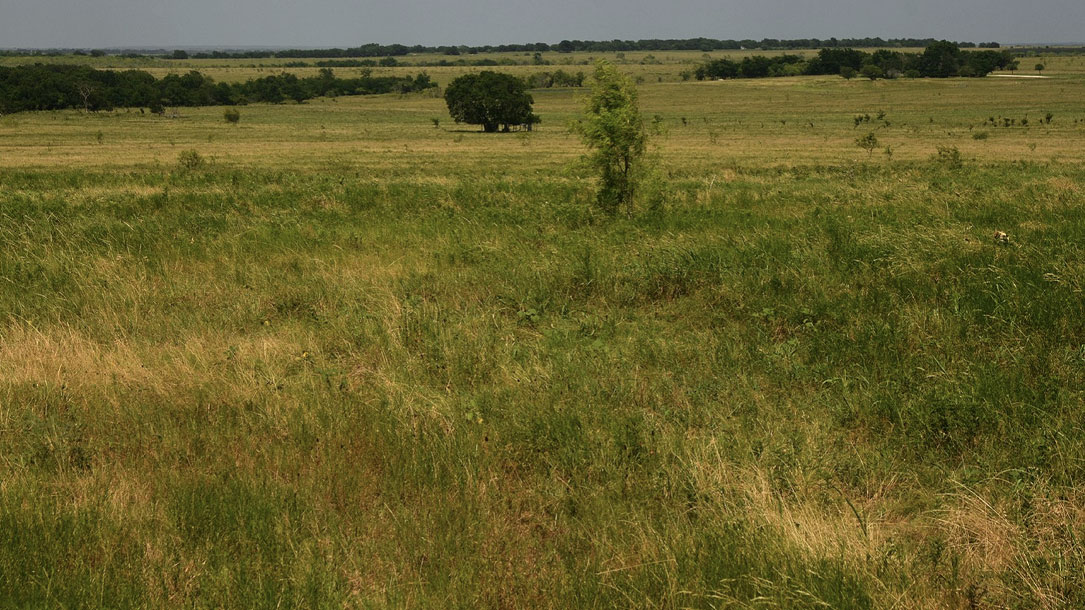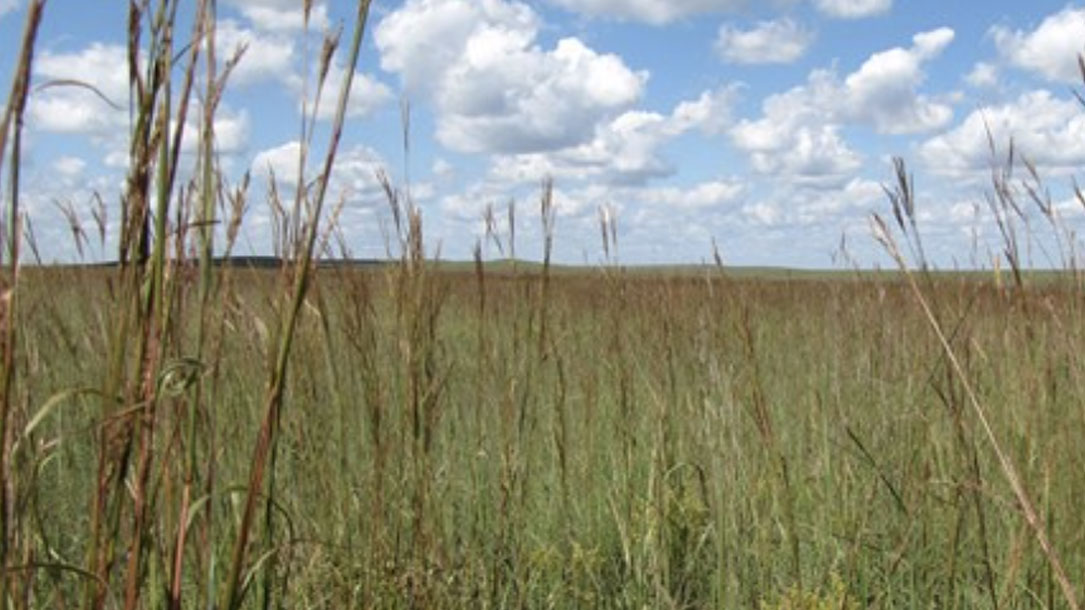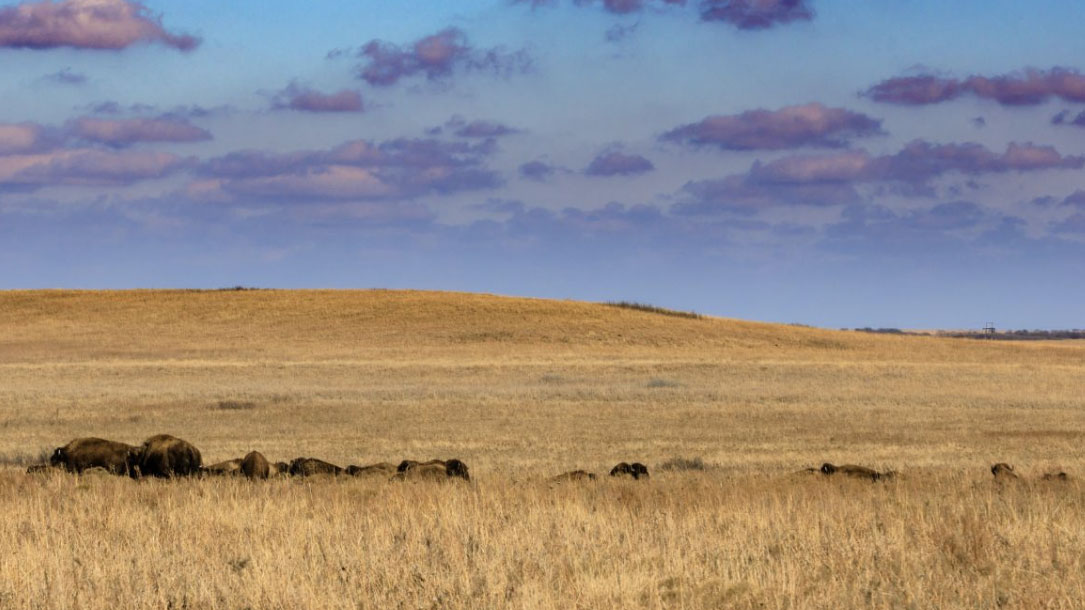Home > Climate News >

The Secret Weapon to Healthier Soil
Cover crops, an age-old farming strategy, can help boost soil health, protect water sources, and create fields that are more resilient to climate change. Watch how…

A natural path for U.S. climate action
When it comes to the impact and potential of land management on global warming, everything really is bigger in Texas. Unless you’re talking about agricultural lands—then everything is bigger in Iowa. Or if you’re talking about the impact of urban trees, that’s biggest in Florida—though it’s also pretty big in Texas…

Linking prairie carbon sequestration and other co-benefits to the voluntary carbon market
A research study at Midewin concluded that prairie restoration led to increased carbon stocks in degraded soils. At Midewin, new restorations contained about 1.5x more carbon than no-till row crops and remnant prairie soils contained about 3 to 4x the carbon stocks than no-till row crops. To supplement the research a literature review was conducted and based on 29 studies, perennial grasslands sequestered on averaged 1.7 metric tons of CO2 per acre per year…

Development by design: Mitigating wind development’s impacts on wildlife in Kansas
Wind energy, if improperly sited, can impact wildlife through direct mortality and habitat loss and fragmentation, in contrast to its environmental benefits in the areas of greenhouse gas, air quality, and water quality. Fortunately, risks to wildlife from wind energy may be alleviated through proper siting and mitigation offsets. Here we identify areas in Kansas where wind development is incompatible with conservation, areas where wind development may proceed but with compensatory mitigation for impacts, and areas where development could proceed without the need for compensatory mitigation.

Last stand of the tallgrass prairie
Tallgrass prairie once covered 170 million acres of North America, but within a generation most of it had been transformed into farmland. Today less than 4% remains intact, mostly in the Kansas Flint Hills. Established on November 12, 1996, the preserve protects a nationally significant remnant of the once vast tallgrass prairie ecosystem. Here the tallgrass makes its last stand…

Saving Oklahoma’s prairies, a vital weapon against climate change
Oklahoma’s 39,650-acre preserve is the world’s biggest protected remnant of a massive grassland ecosystem that once stretched across 14 states, covering 170 million acres. But the grassland has been decimated, and only about 4 percent of the ecosystem remains, most of which is contained in the preserve in Osage County, home to the Native American Osage Nation.
Acting as a powerful carbon storage container, or sink, the grasslands are a vital component in nature’s fight against climate change. Figures vary, but one study estimates that tallgrass can capture up to 1.7 metric tons of carbon per acre per year. In Oklahoma alone, protected grasslands mitigate nearly four metric tons of carbon dioxide per year — the equivalent of taking 4 million cars off the road…

Recovering America’s Wildlife Act
This bill provides funding for (1) the conservation or restoration of wildlife and plant species of greatest conservation need; (2) the wildlife conservation strategies of states, territories, or the District of Columbia; and (3) wildlife conservation education and recreation projects.
The Department of the Interior must use a portion of the funding for a grant program. The grants must be used for innovative recovery efforts for species of greatest conservation need, species listed as endangered or threatened species, or the habitats of such species.
In addition, the bill requires certain revenues generated from fees and penalties for violations of environmental requirements to be used as a source for the funding…

The dire need to combat habitat loss
The modern conservation movement was born out of the hard work and leadership of sportsmen and women who continue to help fund, conserve, manage, and restore natural areas and game populations nationwide.
During the 1800s, the U.S. nearly lost familiar species like mule deer, white-tailed deer, black bear, elk, pronghorn, and wild turkeys to unregulated hunting and market hunting. As populations rapidly declined, hunters led the way to their recovery by supporting ethical, regulated hunting practices…

Report: Habitat loss causing significant impact on game species
A new report from the National Wildlife Federation found game species across the country lost, on average, 6.5 million acres of habitat over the past two decades. It is a trend advocates contended will continue unless lawmakers take action.
Per the report, between 65 and 82 million acres of America’s national forests are in need of restoration. In addition to the 30×30 plan outlined in Biden’s America the Beautiful initiative, Congress is considering the Recovering America’s Wildlife Act, which would allocate nearly $1.4 billion annually to states to implement habitat restoration and conservation strategies.

California conservation to address climate change
[In 2021] the Trust for Public Land and JPMorgan Chase announced a $500,000 collaboration to launch The Trust for Public Land’s new California Climate Conservation program, and protect natural and working lands, mitigating climate impacts for people in the Central Coast and Los Angeles County. The program will incorporate California’s climate action strategy and help achieve greater community resilience through nature-based solutions and by engaging with local communities…












